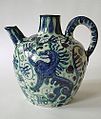
Piet Zwart was a Dutch photographer, typographer, and industrial designer.

Geert Paul Hendrikus Schuitema was a Dutch graphic artist. He also designed furniture and expositions and worked as photographer, film director, painter and teacher for publicity design at the Royal Academy of Art in The Hague.

Emmy Eugenie Andriesse was a Dutch photographer best known for her work with the Underground Camera group during World War II.
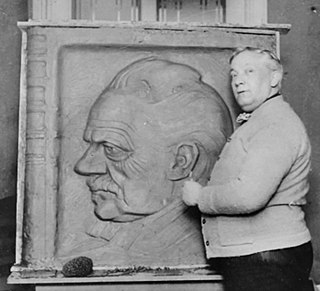
Christiaan "Chris" Johannes van der Hoef was a Dutch sculptor. He was born in Amsterdam and died in The Hague. In 1928 he won a silver medal in the art competitions of the Olympic Games for his "Médaille pour les Jeux Olympiques". Van der Hoef was a member of Nederlandsche Vereeniging voor Ambachts- en Nijverheidskunst (V.A.N.K.) the Dutch Association for Craft and Craft Art.

Aart van Dobbenburgh was a Dutch graphic artist known for his fine lithographs. Popular themes in his work included flowers, portraits, and landscapes, but human hands were his favorite. Dobbenburgh illustrated among others the books of the Russian writers Leo Tolstoy and Fyodor Dostoyevsky.

Charles Breijer was a Dutch photographer, known as a "resistance photographer," notable especially for the photographs he took during the last year of the German occupation of The Netherlands during World War II. Breijer was a member of Nederlandsche Vereeniging voor Ambachts- en Nijverheidskunst (V.A.N.K.) the Dutch Association for Craft and Craft Art.

Éva Besnyő was a Dutch-Hungarian photographer who participated in the Nieuwe Fotografie movement.
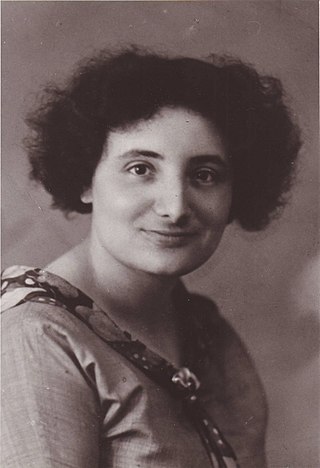
Frederika Sophia "Fré" Cohen was a Dutch artist and graphic designer.

Jkvr. Johanna Maria Sophia (Sophie) van der Does de Willebois was a Dutch ceramist.

Cornelis van der Sluys was a Dutch furniture and textile designer, interior designer, decorator, glass painter, sculptor, goldsmith, organizer, and publicist.

Peter Alma was a Dutch artist. Alma was born in Medan, Indonesia and attended the Royal Academy of Art, The Hague in 1904. On the recommendation of Franz Seiwert he was employed by the Gesellschafts- und Wirtschaftsmuseum working with Gerd Arntz and Augustin Tschinkel on the development of Isotypes. He travelled to Moscow with Arntz and Otto Neurath to work at IZOSTAT to help them draw up pictorial images for statistics of the Five Year Plans. Alma was a member of Nederlandsche Vereeniging voor Ambachts- en Nijverheidskunst (V.A.N.K.) the Dutch Association for craft and craft art. He painted a number of large murals in and around Amsterdam in the 1930s.
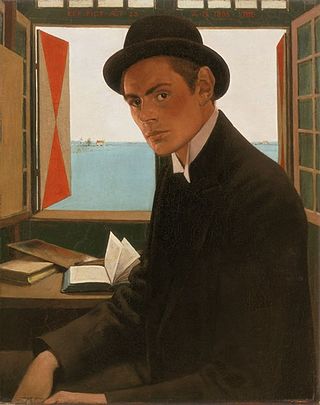
Theodorus Henricus Antonius Adolph Molkenboer was a Dutch painter and designer, notably, of book covers and posters. He was also an expert on the history of Dutch folk costumes and wrote several short works on that subject.

Johanna Gerarda Theodora van Eybergen was a Dutch artist specializing in applied arts and design, notable for her Art Nouveau work on metal. She was the first and for a long time the only Duch woman artist working on design on metal.

Karel Petrus Cornelis de Bazel was a modern Dutch architect, engraver, draftsman, furniture designer, carpet designer, glass artist and bookbinding designer. He was the teacher of Adriaan Frederik van der Weij and the first chairman of the Bond van Nederlandse Architecten, beginning in 1909.

Hildegard Brom-Fischer (1908-2001) was a Dutch textile artist, specializing in ecclesiastical embroidery.

Wilhelmina "Willie" Cornelia Drupsteen (1880–1966) was a Dutch illustrator. She is known for her graphic work and book illustrations.

Sophie Verrijn Stuart (1890–1946) was a Dutch ceramicist.

Johanna Berhardina Midderigh-Bokhorst (1880–1972) was a Dutch illustrator.
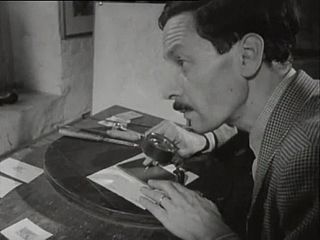
Nicolaas Jozef Hubertus Levigne was a Dutch graphic artist, glazier and professor.




